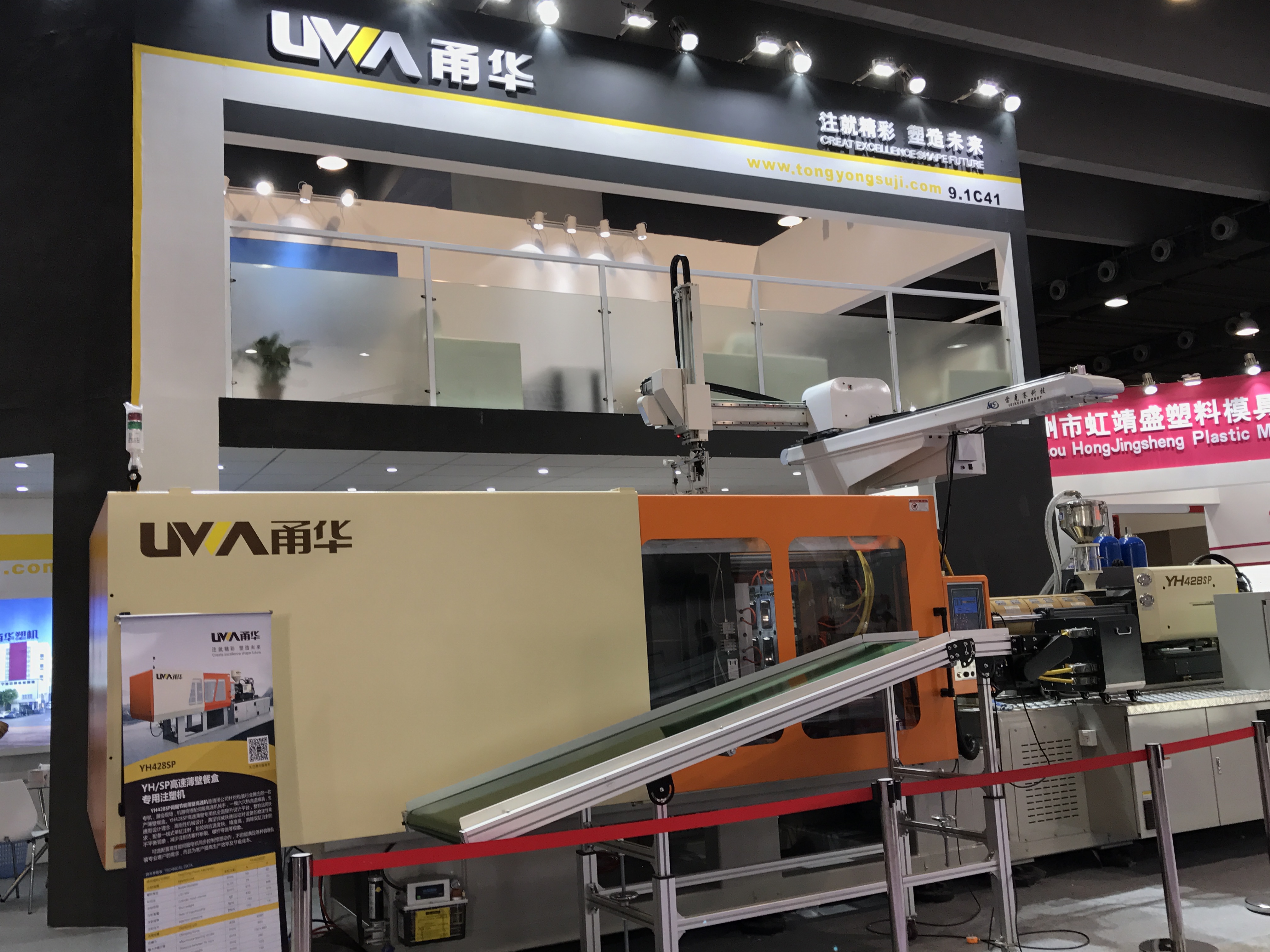Environmental factors affecting amylose Rice amylose content is controlled by its own genetics, and is affected by the environment to a certain extent, such as temperature, high temperature during maturation has an effect on AC, but varies from variety to variety. It is generally believed that the high temperature during this period can cause AC decline, and the AC difference can reach about 6% in the same species in different seasons. According to KA Gomez's research, during the ripening stage of paddy rice, AC generally increases with increasing average temperature, and different species of different subspecies react differently to temperature. However, Paul (1977) believes that with the increase of average temperature, the AC of low AC varieties always decreases, but the AC of medium and high AC varieties does not change, but it slightly increases. The findings of Zhou Guangchao et al. are consistent with Paul (1977). Asaoka M. also found that higher ambient temperature can reduce AC in endosperm, increase the long chain content of amylopectin, and reduce the content of short chain; and that the AC in endosperm starch depends on the temperature of 5-15 days after heading. Japonica rice is little affected by temperature. The effect of temperature on the AC of hybrid rice is greater than that of conventional rice, and the AC effect on glaze rice is greater than that of japonica rice. Mr. Okuno found that the most sensitive period of rice starch was characteristic of temperature changes. The most sensitive period was 5 days after pollination, which is consistent with the strongest period of amylose synthesis. However, there is not necessarily a negative correlation between AC and temperature during grain filling. Related equipment: seed germination room Plastic Food Container Making Machines
High speed injection machine specially profuce thin wall products like one time use food containers.
We have totally four size machine to choose, 268ton, 328ton, 358ton and 428ton can satisfied different production requires from customers.
Videos can be provided.
Vertification of many year's market application, optimal combination configuration, stable, reliable and durable system with the characteristics of high efficiency, energy saving, low voice and strong power.
The strengthening design of template is carried out through multiple times of optimization design of major components such as template, based on the analysis of finite element software, which both guarantee the lifetime of template and protected mould.
High rigid template adopts the structure with coexistence of installation screw hole and T-shaped groove.
The tie rod of each machine model has passed the test by professional testing organization, which means that, the deflection of tie rod is within reasonable scope while guaranteeing the operation of machine.
Plastic Food Container Making Machines,Fast-Food Container Plate,Plastic Egg Making Machine,Fast-Food Container Plate Making Machine Ningbo Tongyong Plastic Machinery Manufacturering Co. Ltd. , https://www.tongyong-machinery.com
Light and light intensity had a significant effect on amylose content, and the shaded AC decreased, and the longer the shading time, the greater the shading degree, the weaker the light, and the more the AC dropped. Wu Guanting et al. studied that the sunshine hours were negatively correlated with rice AC.
Fertilization, topdressing nitrogen fertilizers at different growth stages has a certain influence on the AC of rice. For all topdressing nitrogen fertilizers, rice AC is generally lower than the base fertilizer (CK) without topdressing nitrogen fertilizer. From the results of different nitrogen topdressing stages, AC was lower in the heading stage than other stages, while the panicle stage was higher than the other stages. Topdressing nitrogen fertilizers has a greater impact on AC. Zheng Zhengsheng believes that by appropriately reducing the amount of fertilizer used in the early stage and increasing the application amount of middle-late-stage fertilizers and granular fertilizers, AC can be reduced, and the amylose content decreases with the increase of the amount of phosphate fertilizer. In contrast, the linear chain increases with the amount of potassium fertilizer. The amount of starch increased instead.
Hormones and Zhou Guangchao et al. found that spraying GA3+10 IAA mixture during flowering period can increase AC; when GA and CTK mixture are used, the AC variation of each hybrid combination is high or low. Liu Baoguo and other studies found that rice AC is obviously affected by the type and concentration of chemical control agents. SOmgl females and 100mg lkg of multi-effects can reduce AC, while 200mg rise increases AC. Application of mixed rare earth nitrate can increase AC. Urea, manganese sulfate, and molybdenum mixture are applied to rice to increase AC. They also found that chemical control at the booting stage can improve rice cooking and eating quality.
At an altitude, according to Liu Jiafu et al., different elevations have a certain influence on the AC of rice. The AC of glaze rice had the tendency to decrease with the elevation, but the AC of indica rice had the tendency to increase with the elevation. Therefore, the cultivation of japonica rice at high and middle altitudes is conducive to obtaining higher AC o.
Particle positions and Zhang Xiaoming measured the AC between different grains in different grains and within grains. Amylose content analyzer showed that the difference between grains of the same ear and the same ear could be as high as 14.2%. The AC of rice with higher branching, primary branching, first flowering and fruiting, or higher grain weight was higher, and AC was lower at the base, secondary branches or incomplete maturity, late flowering and fruiting, or lower grain weight. At the same time, sowing date, planting density, irrigation, harvest time, storage time, milling, etc. have an impact on the amount of rice amylose. 